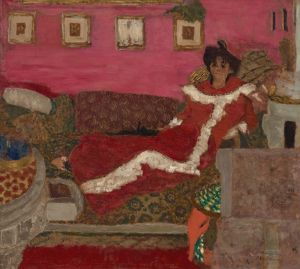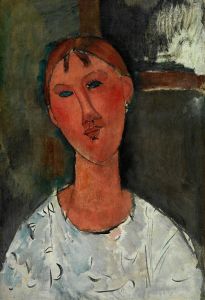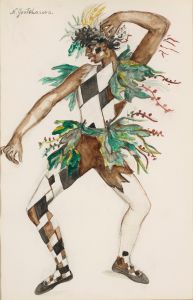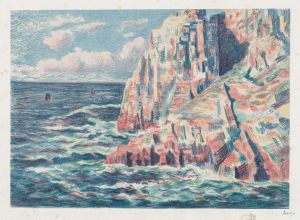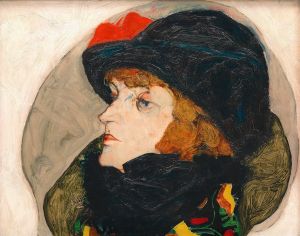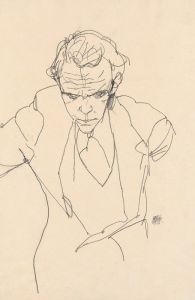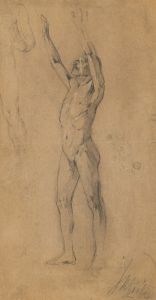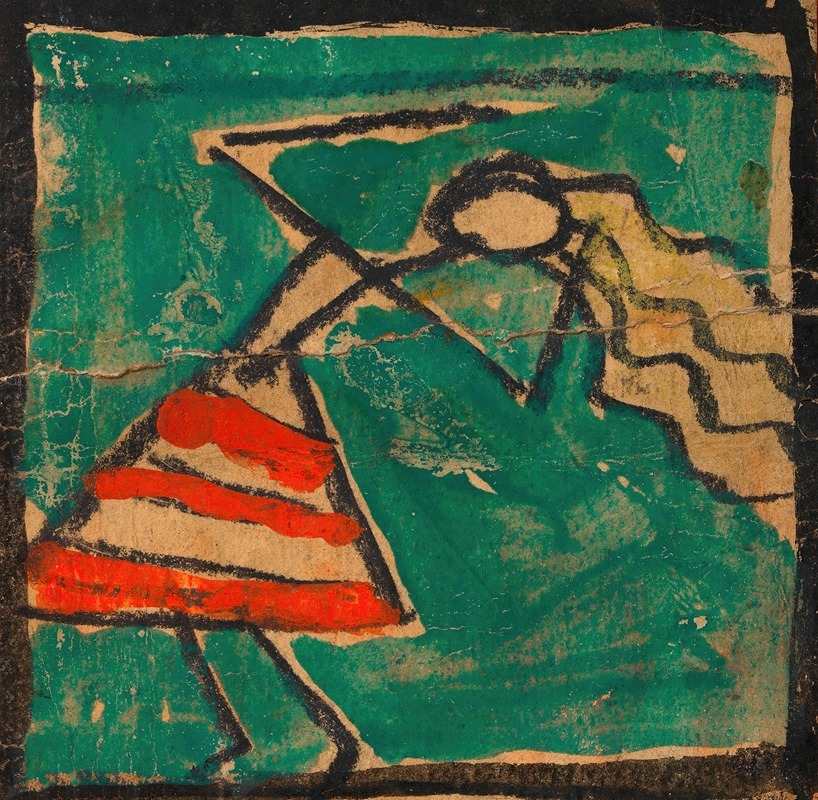
Tänzerin mit rot-weißem Rock
A hand-painted replica of Egon Schiele’s masterpiece Tänzerin mit rot-weißem Rock, meticulously crafted by professional artists to capture the true essence of the original. Each piece is created with museum-quality canvas and rare mineral pigments, carefully painted by experienced artists with delicate brushstrokes and rich, layered colors to perfectly recreate the texture of the original artwork. Unlike machine-printed reproductions, this hand-painted version brings the painting to life, infused with the artist’s emotions and skill in every stroke. Whether for personal collection or home decoration, it instantly elevates the artistic atmosphere of any space.
Egon Schiele, an Austrian painter known for his distinctive and often provocative style, created the artwork "Tänzerin mit rot-weißem Rock" (Dancer with Red-White Skirt) in 1913. Schiele was a protégé of Gustav Klimt and a major figurative painter of the early 20th century. His work is noted for its intensity and raw sexuality, as well as its exploration of the human form and emotion.
"Tänzerin mit rot-weißem Rock" is a prime example of Schiele's unique approach to portraiture and figure painting. The painting depicts a dancer, a subject that Schiele explored in various works, capturing the dynamism and fluidity of movement. The dancer is adorned in a striking red and white skirt, which contrasts vividly with the more subdued tones of the background and the figure's skin. This use of color is characteristic of Schiele's work, where bold hues often serve to highlight emotional or thematic elements.
Schiele's technique in this painting, as in many of his works, involves a combination of sharp, angular lines and expressive, almost exaggerated forms. This style contributes to the sense of movement and energy in the piece, as well as to the psychological depth for which Schiele's portraits are renowned. The dancer's pose is both graceful and tense, capturing a moment of performance that is both ephemeral and intense.
The context of Schiele's work during this period is essential to understanding its significance. The early 1910s were a time of great change and experimentation in the art world, with movements such as Expressionism and Symbolism influencing artists across Europe. Schiele's work is often associated with Expressionism, a movement characterized by its focus on representing emotional experience rather than physical reality. His paintings frequently explore themes of sexuality, existential angst, and the human condition, often pushing the boundaries of what was considered acceptable in art at the time.
Schiele's career was marked by both critical acclaim and controversy. His frank depictions of nudity and sexuality led to several legal challenges, and he was even briefly imprisoned in 1912 on charges of public immorality. Despite these challenges, Schiele's work gained recognition for its innovative approach and emotional depth. Today, he is regarded as one of the leading figures of Austrian Expressionism.
"Tänzerin mit rot-weißem Rock" reflects Schiele's fascination with the human body and his ability to convey complex emotions through his art. The painting is a testament to his skill in capturing the essence of his subjects, not just their physical appearance but their inner lives and emotions. This ability to delve beneath the surface is what makes Schiele's work resonate with viewers even today.
Egon Schiele's life was tragically cut short when he died of the Spanish flu in 1918 at the age of 28. Despite his brief career, he left behind a significant body of work that continues to influence artists and captivate audiences worldwide. "Tänzerin mit rot-weißem Rock" remains a notable example of his artistic legacy, showcasing his distinctive style and his profound exploration of the human experience.





